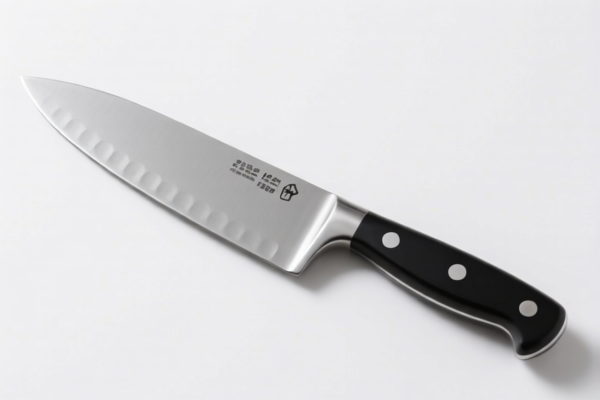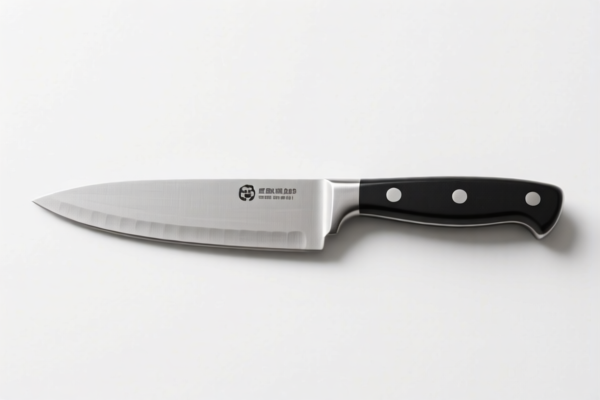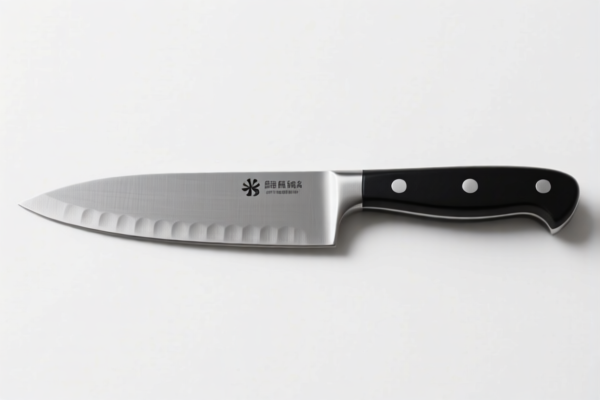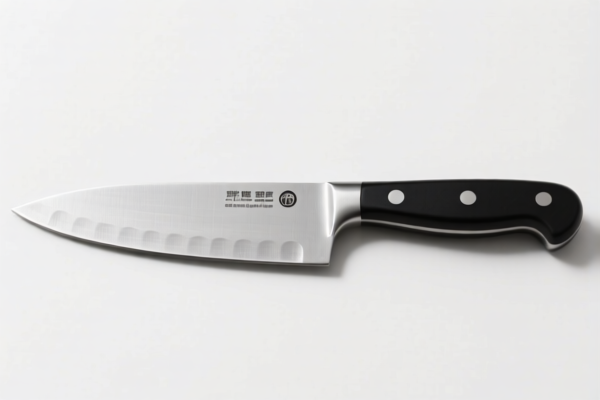| HS Code | Official Doc | Tariff Rate | Origin | Destination | Effective Date |
|---|---|---|---|---|---|
| 8211922000 | Doc | 0.8¢ each + 4.6%+37.5% | CN | US | 2025-05-12 |
| 8211918060 | Doc | 0.3¢ each + 4.9%+37.5% | CN | US | 2025-05-12 |
| 8208300060 | Doc | 55.0% | CN | US | 2025-05-12 |
| 8214906000 | Doc | 0.2¢ each + 3.1%+30.0% | CN | US | 2025-05-12 |
| 8214903000 | Doc | 1¢ each + 4.9%+37.5% | CN | US | 2025-05-12 |
| 8301600000 | Doc | 40.3% | CN | US | 2025-05-12 |
| 3926902500 | Doc | 44.0% | CN | US | 2025-05-12 |
| 3926902500 | Doc | 44.0% | CN | US | 2025-05-12 |
| 3924104000 | Doc | 33.4% | CN | US | 2025-05-12 |
| 3924102000 | Doc | 44.0% | CN | US | 2025-05-12 |




Bread Knife
A bread knife is a specialized knife designed for slicing bread, particularly bread with a hard crust. Its defining characteristic is its long, serrated blade.
Material
- Blade: Typically made of stainless steel, high-carbon steel, or Damascus steel. Stainless steel is common for its resistance to rust and ease of maintenance. High-carbon steel holds a sharper edge but requires more care to prevent corrosion. Damascus steel offers a combination of sharpness, flexibility, and aesthetic appeal.
- Handle: Materials vary widely and include wood (such as beech, rosewood, or pakkawood), plastic (polypropylene or other durable polymers), and composite materials. Handle design focuses on ergonomics and a secure grip.
Purpose
The primary purpose of a bread knife is to cleanly slice through bread without crushing it. The serrations allow the knife to “saw” through the crust and soft interior, creating even slices.
Function
The serrated edge is the key functional element. Unlike a smooth blade which relies on a shearing force, the serrations create multiple cutting points, minimizing the force needed to cut through the bread. This prevents deformation of the bread's structure.
Usage Scenarios
- Artisan Loaves: Ideal for slicing crusty breads like sourdough, baguettes, and ciabatta.
- Soft Breads: Can also be used for slicing softer breads like sandwich bread, though a gentler sawing motion is required.
- Tomatoes: Surprisingly effective for slicing tomatoes with minimal crushing, due to the serrated edge.
- Cakes: Some bread knives are used for slicing cakes with delicate frosting.
Common Types
- Standard Bread Knife (8-10 inches): The most common type, suitable for everyday bread slicing.
- Long Bread Knife (12-14 inches): Designed for larger loaves, such as boules or long baguettes.
- Offset Bread Knife: The blade is offset from the handle, providing better clearance for slicing wide loaves and cakes.
- Electric Bread Knife: Features a reciprocating blade for effortless slicing, often used for large quantities of bread or for individuals with limited hand strength.
- Japanese Bread Knife (Pan Knife/Shokupan Knife): Specifically designed for slicing Japanese milk bread (Shokupan), with a long, thin blade and fine serrations for exceptionally delicate slices.
Bread knives are cutting knives with blades, typically serrated, used for slicing bread. They fall under the category of kitchen knives.
Here are the relevant HS codes based on the provided reference material:
-
8211922000: Knives with cutting blades, serrated or not (including pruning knives), other than knives of heading 8208, and blades and other base metal parts thereof: Other: Other knives having fixed blades: With rubber or plastic handles: Kitchen and butcher knives. This code specifically covers kitchen knives, including those with serrated blades, and those with rubber or plastic handles.
- 82: Chapter – Metal working tools, including presses, dies, stamping tools, taps, dies, punches, etc.
- 11: Heading – Knives with cutting blades, serrated or not (including pruning knives).
- 92: Subheading – Other: Other knives having fixed blades: With rubber or plastic handles.
- 20: Further specification – Kitchen and butcher knives.
-
8211918060: Knives with cutting blades, serrated or not (including pruning knives), other than knives of heading 8208, and blades and other base metal parts thereof: Other: Table knives having fixed blades: Other Other. While primarily for table use, some bread knives may fall under this category if their design is suitable for both table and kitchen use.
- 82: Chapter – Metal working tools, including presses, dies, stamping tools, taps, dies, punches, etc.
- 11: Heading – Knives with cutting blades, serrated or not (including pruning knives).
- 91: Subheading – Other: Table knives having fixed blades.
- 80: Further specification – Other Other.
Please note that the applicable tariff rates for these HS codes are as follows:
- 8211922000: Base duty of 0.8¢ each + 4.6%, additional duty of 7.5%, and a duty of 30.0% after April 2, 2025. Total duty: 0.8¢ each + 4.6% + 37.5%.
- 8211918060: Base duty of 0.3¢ each + 4.9%, additional duty of 7.5%, and a duty of 30.0% after April 2, 2025. Total duty: 0.3¢ each + 4.9% + 37.5%.
Customer Reviews
No reviews yet.